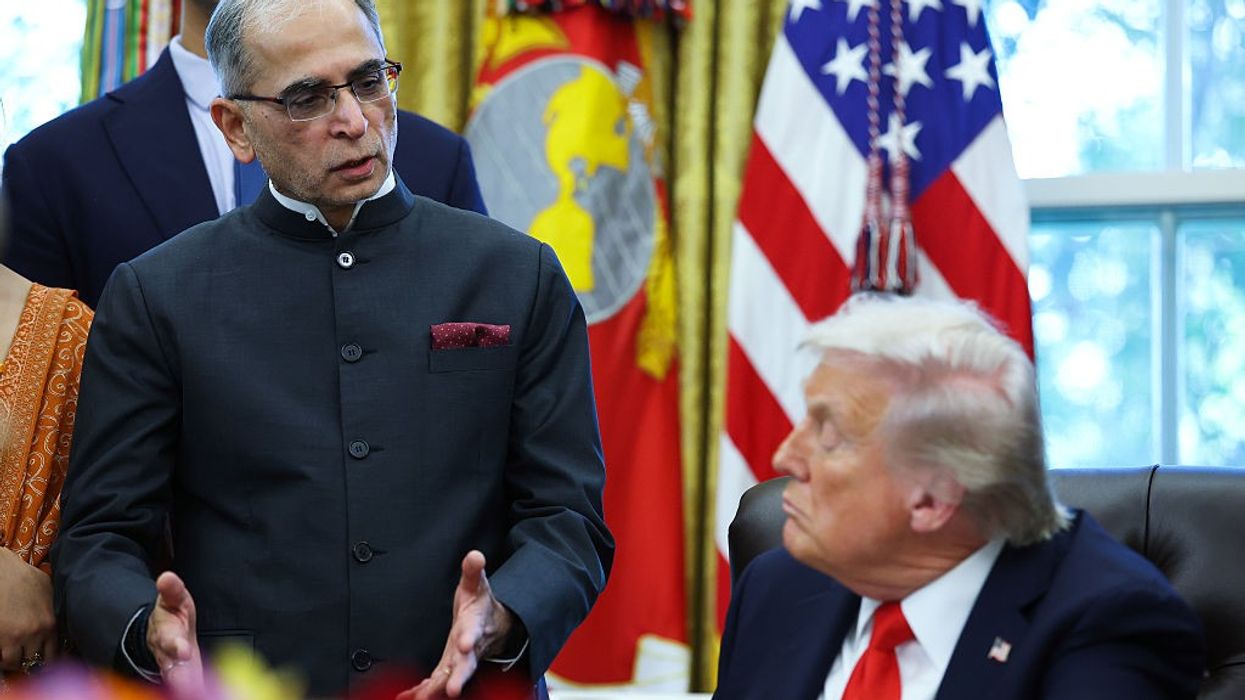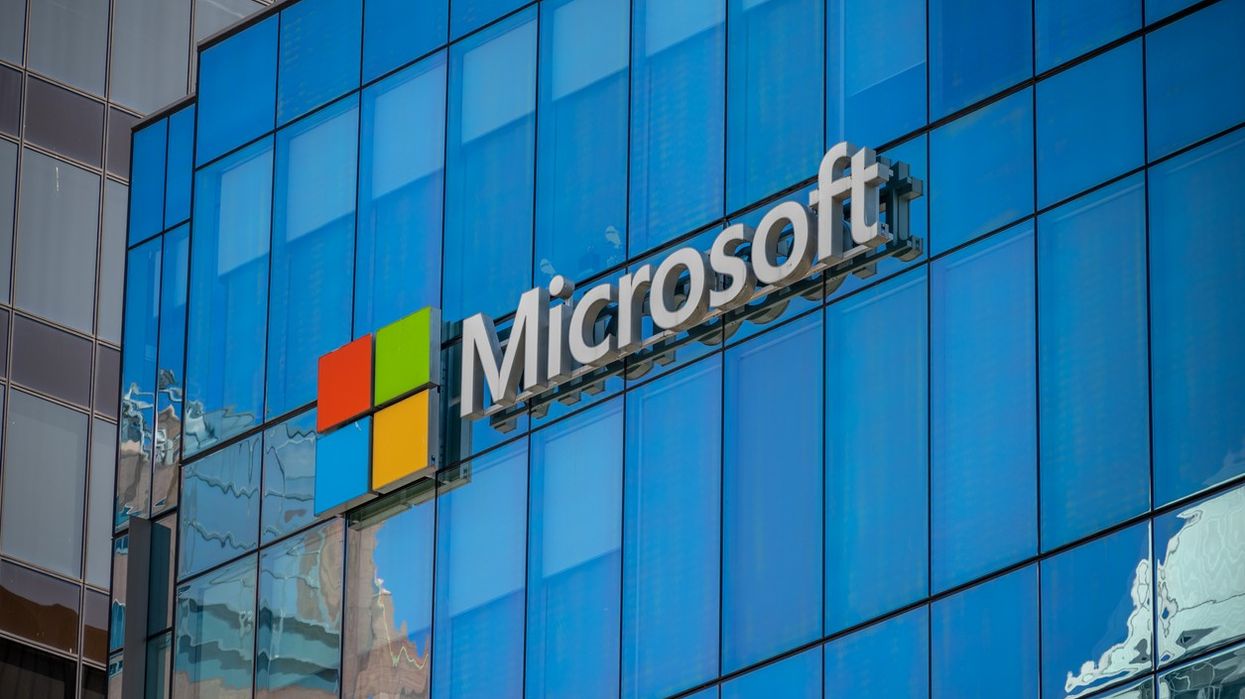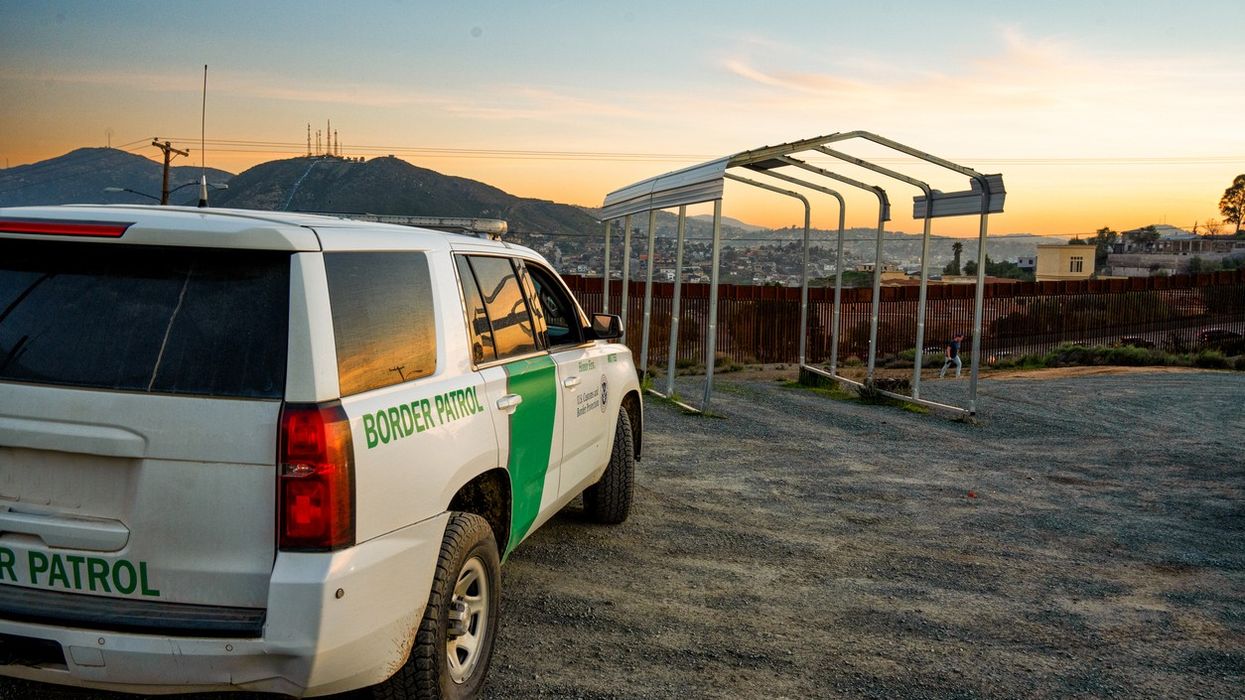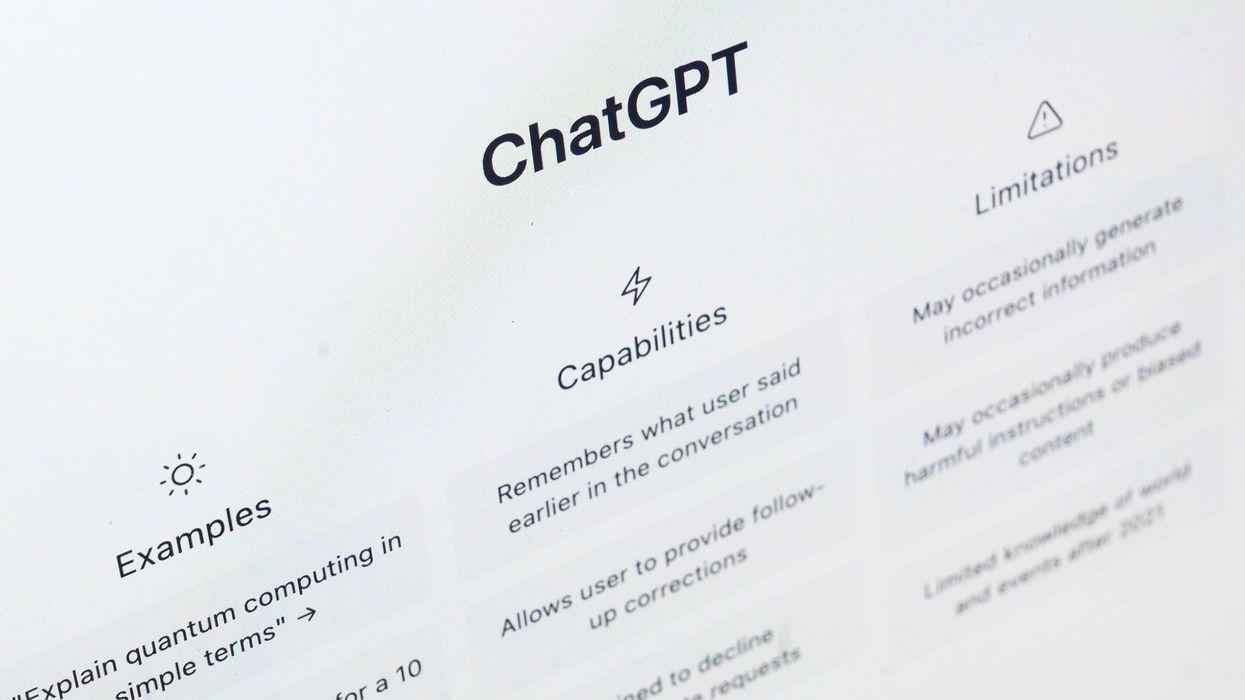Highlights:
The jolt of H-1B visa fee hike was not enough to convince the Indians with their American dreams,but it came as a boon for them. While president Donald Trump announced a $100,000 fee for H-1B visa applications, sparking fears that even existing visa holders would have to pay the fee every time they re-entered the country. The people who were planning their trip to India cancelled their Diwali plan in fear that they will not be able to return to their American dream. But, the fact they were unaware about was that, it is just them hitting the gold mine.
By Sunday (21), relief arrived. The White House clarified that this fee is a one-time charge for new visa petitions filed after the deadline. It will not apply to existing H-1B holders, will not be charged annually, and will not be needed for renewals or re-entry into the US. But the question is, how is this a benefit to current H1-B visa holders?
Impact on Indian IT companies
Indian IT firms have spent the past few years reducing their dependence on H-1Bs by hiring Americans and opening campuses in the US. Still, the new fee will raise costs slightly — analysts expect a 10–20 basis point hit to margins, with mid-tier firms impacted more than bigger ones. Most companies will pass 30–70% of the added cost to clients, instead of taking the full financial hit themselves.
Firms like Coforge, Hexaware, and Persistent Systems have already applied for very few new H-1Bs and say they do not expect any major impact on their operations.
Good news for existing H-1B holders
The biggest winners, for now, are the Indians already in the US on H-1B visas. With new hires suddenly much more expensive, companies are expected to pay better salaries and offer more Green Card sponsorships to retain existing talent. Banks, retailers, and big tech firms will compete harder for the current talent pool, making these workers more valuable.
Long-term risks and industry shift
However, if the fee remains in place for years, Indian IT companies could face talent drain as employees leave for higher-paying US employers. Industry experts say this policy may “detonate” the old offshore-focused model and force Indian companies to hire and train more Americans — a process that could take up to three years for new hires to reach the skill level of current H-1B workers.
The policy is part of Trump’s wider plan to reshape immigration and labor markets, prioritizing high-paying, high-skilled applicants. India’s tech industry and trade groups are closely watching the situation, emphasizing that talent mobility remains essential for innovation and US-India business ties.















